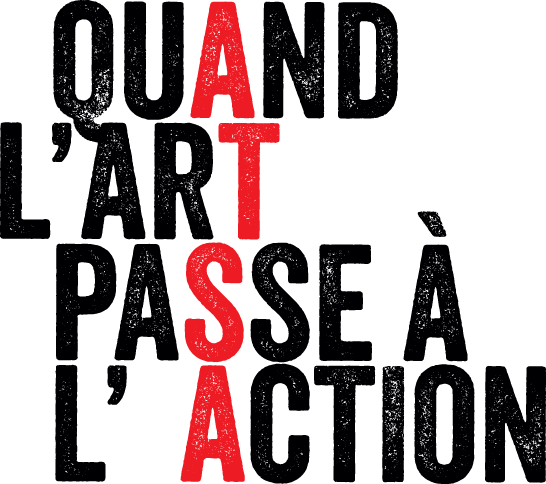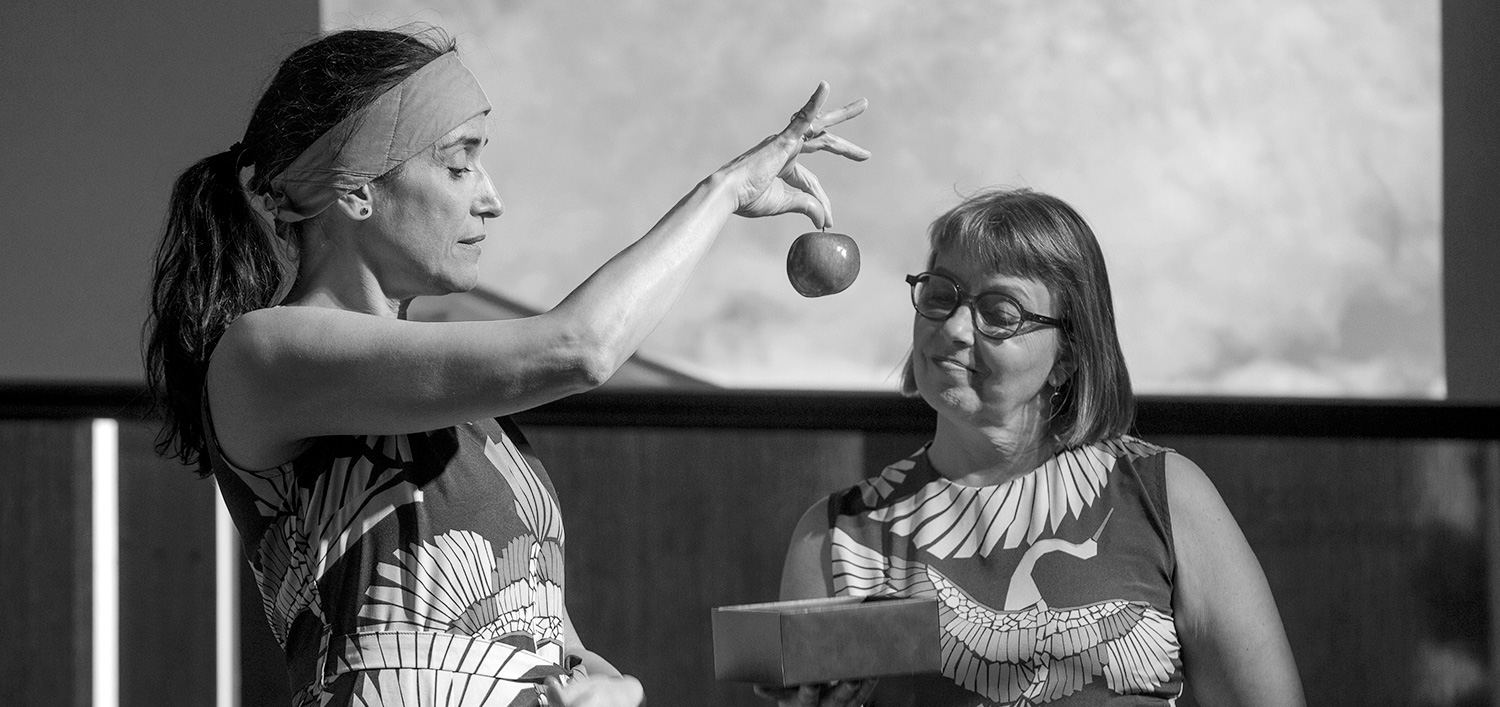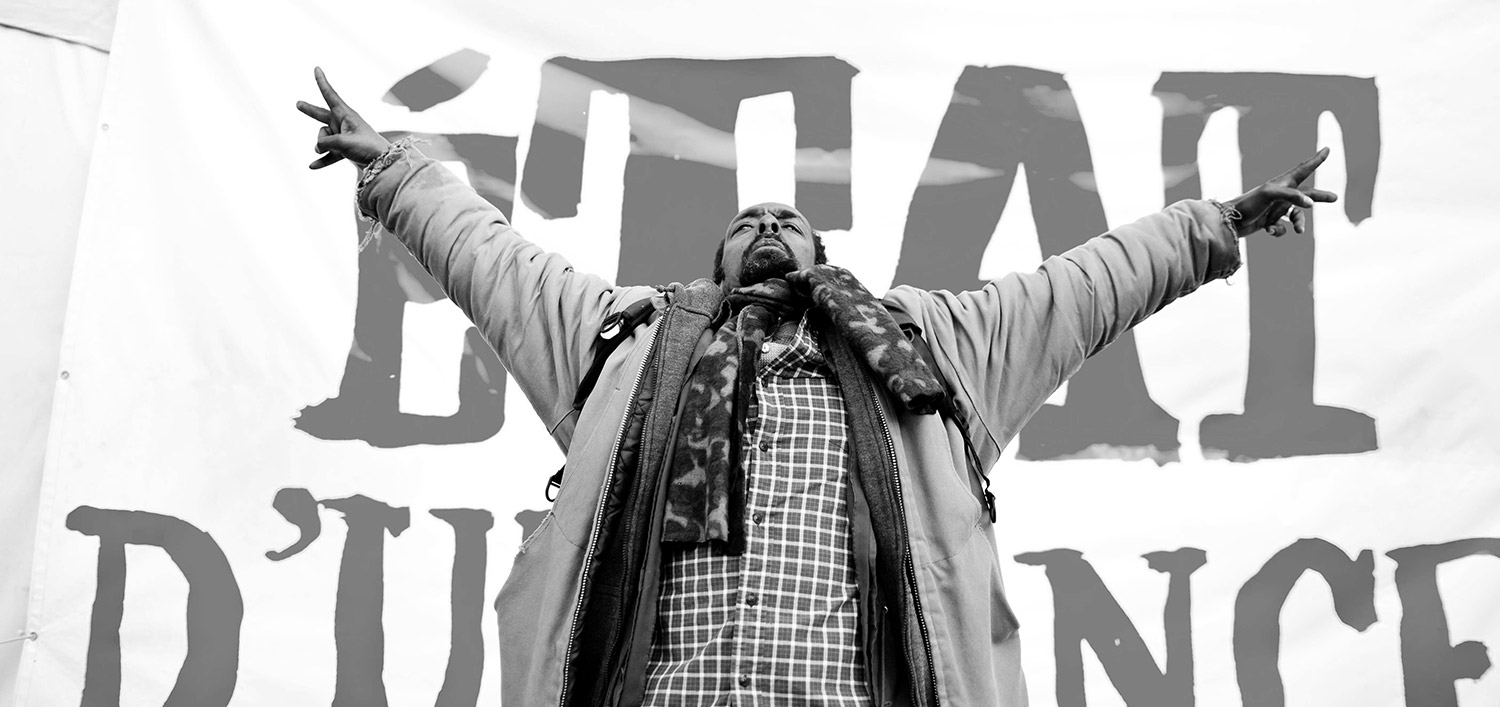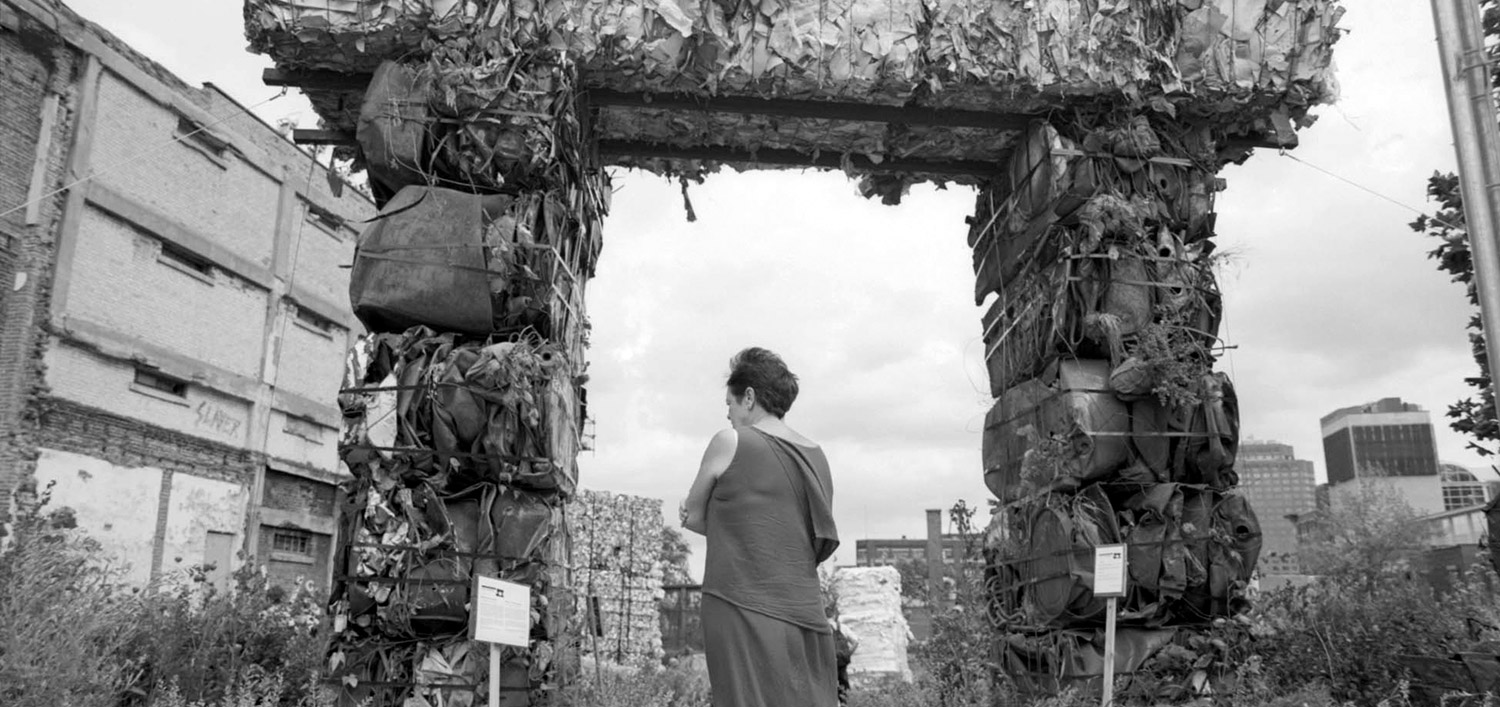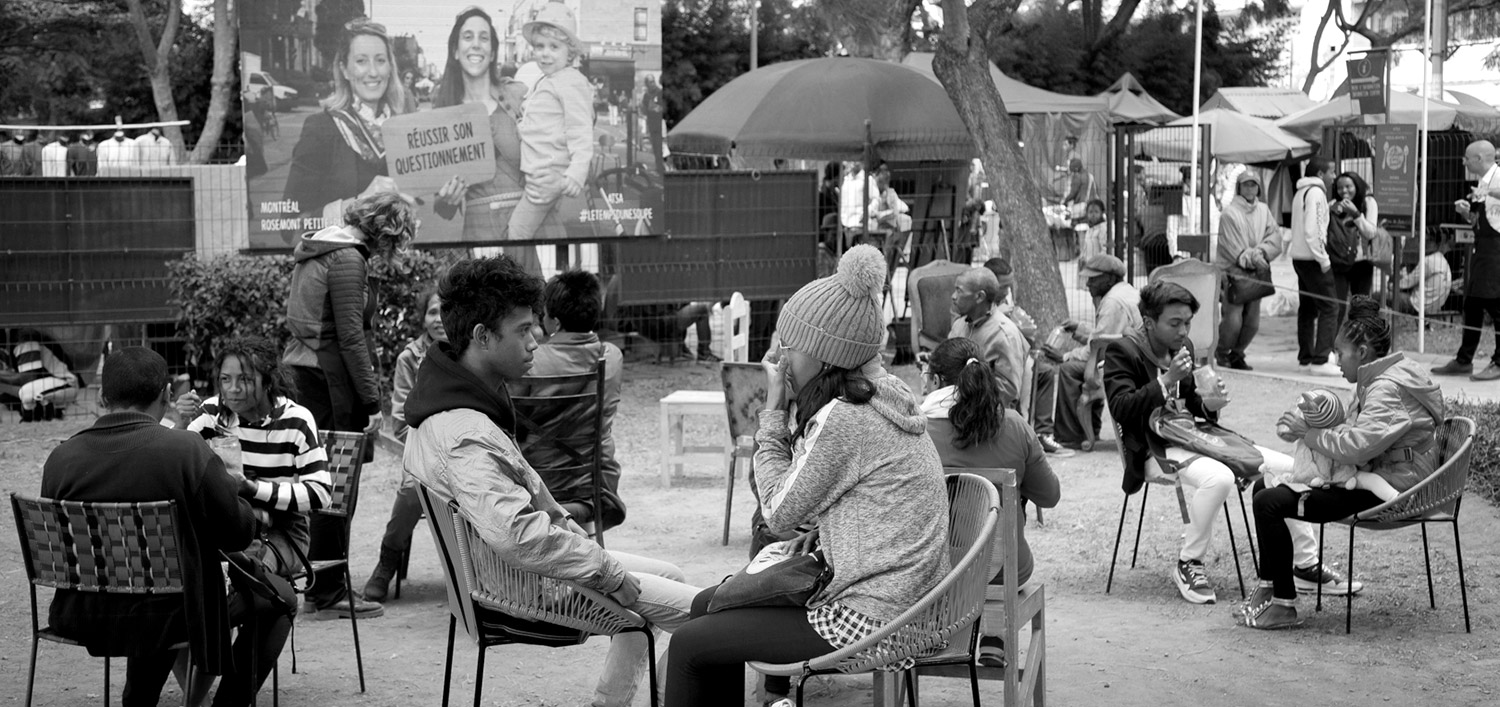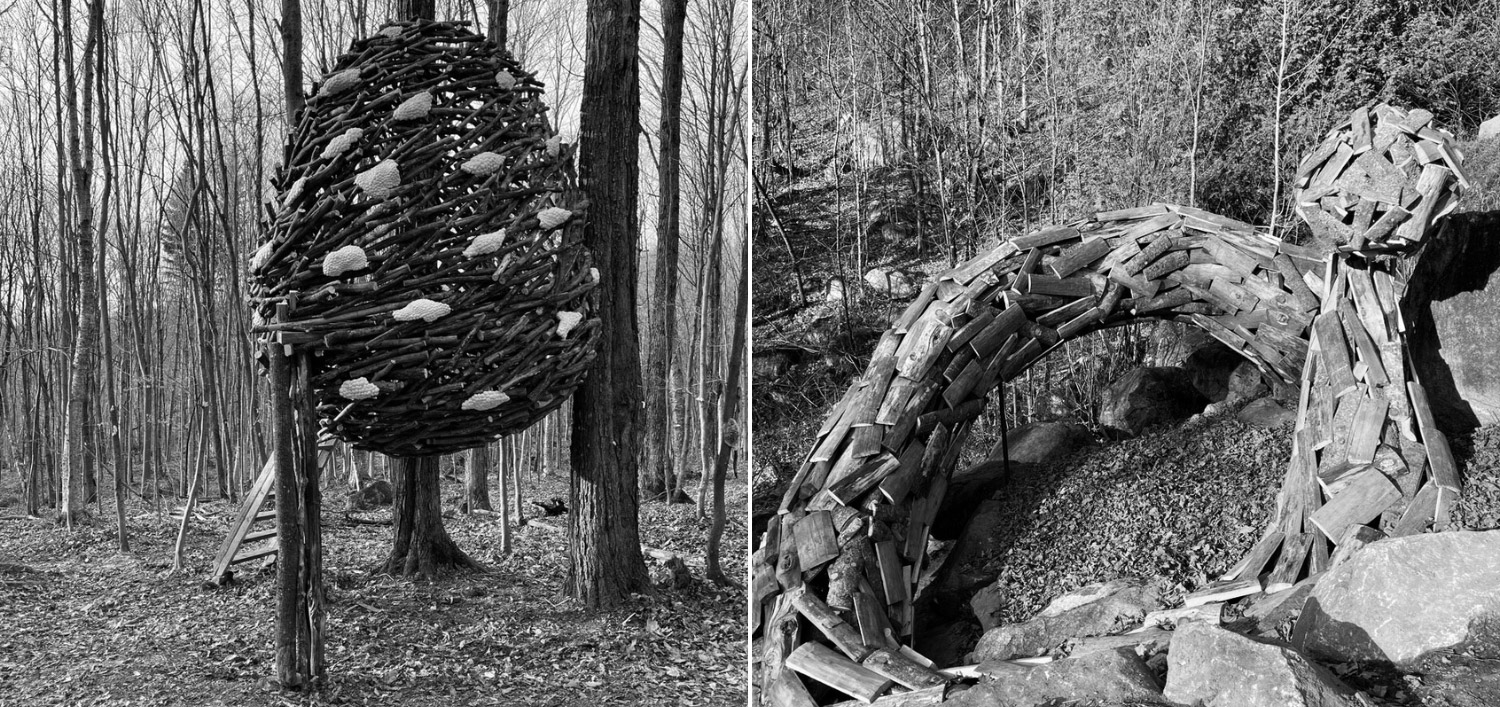mission and approach | history
ATSA is a non-profit organization founded in Tiohtiá:ke Montreal in 1997 by the late artist Pierre Allard (1964-2018) and Annie Roy (1968-…). In a playful and impactful tone, ATSA creates, produces and distributes, here and internationally, event-based, transdisciplinary and relational works, motivated by the desire to challenge the population towards crucial and worrying social, environmental and heritage causes.
ATSA works to ensure that the aesthetic and symbolic purpose of art confronts us with our individual and collective responsibilities by restoring to the public square its dimension as an open space to encounter and think. The participatory dimension that challenges the public in its citizenship is at the heart of the approach.
ATSA is committed to a feminist, pacifist and eco-responsible approach, promoting sustainable development that respects the fundamental rights of humans and nature.
In February 2021, Annie Roy and Pierre Allard were awarded the Meritorious Service Medal, Civil Division, by the Governor General of Canada. Meritorious Service Decorations (Civil Division) are among the highest distinctions in the Canadian Honours System. Given the health measures and the difficulties that this entails, the ceremony was held in 2023. That same year, ATSA founders Annie Roy and (the late) Pierre Allard received a tribute from the Quartier des Spectacles Partnership on the occasion of the 20th anniversary of the Quartier des Spectacles in Montreal.
ATSA is also the recipient of the YMCA Peace Medal for Cuisine ta ville (2019), the Jury Prize offered by the Caisse de la Culture for the 33rd Grand Prix du Conseil des Arts de Montréal (2018), an honorable mention at the Mayor of Montreal’s Democracy Award (2013), the Giverny Capital Prize (2011), the Pratt & Whitney Prize from the Conseil des Arts de Montréal: Nature de l’Art (2010), the Citizen of Culture Prize (2008) awarded by Arts and the City for État d’Urgence and the Artists for Peace Prize (2008).
ATSA is also proud to have been the spokesperson for the citizen artists movement at the heart of the City (2013), the Quebec Days of International Solidarity (2011), the Inter-collegiate Network of Sociocultural Activities of Quebec (RIASQ 2010) and the 5th Citizen Summit of Montreal (2009).
LAND ACKNOWLEDGMENT
ATSA's offices are located on unceded Indigenous ancestral territory, a place known as Tiohtiá:ke in Kanien’kéha and Mooniyang in Anishinaabemowin. We acknowledge the Kanien’kehá:ka Nation as the custodians of the lands and waters of this territory, which has long been a site of exchange and meeting among diverse nations.
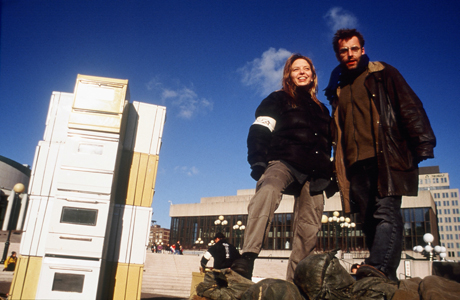
© Hayeur
history
THE STORY BEHIND THE NAME
ATSA first became known for La banque à bas (1997) in front of the Musée d’Art contemporain de Montréal, then for the series État d’Urgence (1998-2010), relayed by Fin Novembre (2011-2017), an interdisciplinary and solidarity artistic Manifestival that takes shape like an effective refugee camp in the heart of downtown Montreal.
While having a soup, a relational mechanism featuring spontaneous conversation duets between strangers on current issues of living together, toured from 2017 to 2020. Deployed on four continents in seven languages, the While having a soup book was published.
2017 marks the 20th anniversary of ATSA creating Cuisine ta ville on the Place des Festivals in Montreal. This biennial presents artists from all disciplines who question migration issues, combined with a program that gives voice to immigrants through conferences, testimonies and cooking sessions.
November 25, 2018 is a dramatic day for the entire ATSA family due to the sudden death of co-founder Pierre Allard. Her partner in life and in art keeps the signature alive and develops ATSA projects with the same intensity.
While finishing the While having a soup tour cycle, Annie Roy signs the 2019, 2021 and 2023 Cuisine ta ville editions. The last edition featured 230 participants from 36 different nationalities during 10 days of events in downtown Montreal.
Since 2022, La Montagnarde has been an important development in ATSA's mission. Artistic residency for rejuvenation, creation, production and diffusion, it is an art-nature space adjacent to the Laurentian forest which invests a new public space, the forest, with a desire for nature conservation and accessibility for all to art and nature.
In addition to the series of major events, ATSA has innovated with several one-off projects to date in order to commit to a set of issues: Parc Industriel (2001), a fake archaeological site proposing a reflection on consumer society, Attention: Zone Épineuse (2002), an intervention on the precariousness of ecological heritage, Les Murs du feu (2002), an incendiary evening and pedestrian route on the history of Montreal burned down, Attentat and Attentat #10 (2003-2007), a series on our hyper-dependence on fossil fuels that toured in Quebec, Ontario and Western Canada, FRAG (2004), a permanent and in situ audio-graphic route on the history of Boulevard St-Laurent in Montreal, Squat Polaire (2007-2009), a traveling intervention on climate change, CHANGE (2008-2012), an intervention on marketing materialized in a “pop-up shop”.
Let us also mention Bubblegum Cannonballs (2009), an intervention on consumerism created for the Havana Biennial of Contemporary Art, Pigeon’s Club (2011), a critical intervention on happiness in a box presented in Vancouver, Tumentia Quisquiliae Magdalene (2014), an installation questioning waste management in an island environment. With the involvement in the Élan Global manifesto, 2015 saw the creation of Et tout devient possible! an installation reproduced and then burned simultaneously in more than 20 municipalities in Quebec. CABO (CABO for short, or the club for lovers of food compost bins) (2020), an artistic mobilization project around the issues of waste sorting was presented in 6 public places in Montreal. Finally, the podcast Cuisine ton quartier was developed in ten boroughs in Montreal and across all provinces and territories of Canada.
ATSA is currently working on the creation of The Farm - or how to nourish an Intelligent future. This event-work allows a reflective experience to better understand artificial intelligence and its impact. This free event, open to all, will premiere in May 2025 on the Esplanade Tranquille of the Place des Festivals.
All these achievements and several other projects are archived on this website for your greatest pleasure!
POLICIES
ATSA Equity, Diversity and Inclusion policy
more details
» CONFeRENCES & WorkshopS
» QUAND L’ART PASSE À L’ACTION – ATSA's MONOGRAPH
» L’ART EN ACTION – FILM by MAGNUS ISACSSON and SIMON BUJOLD
